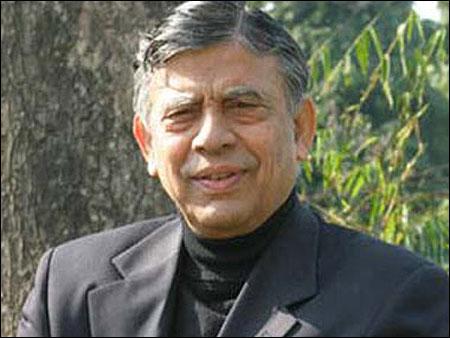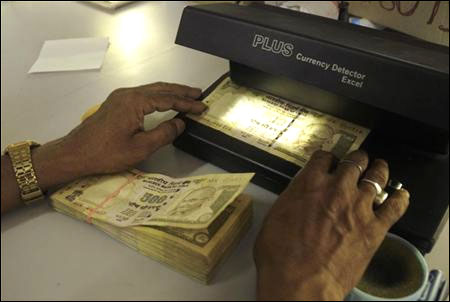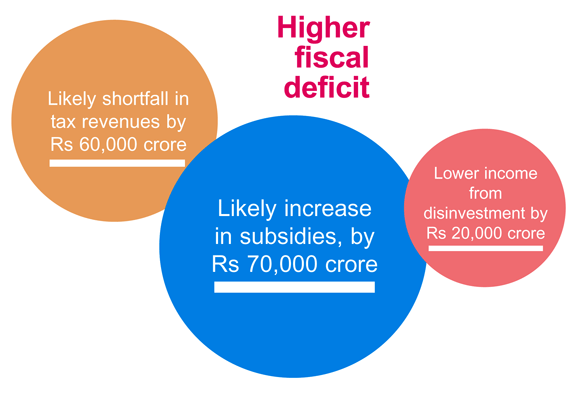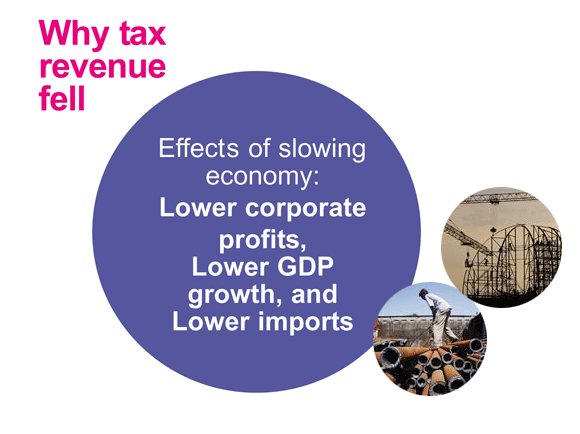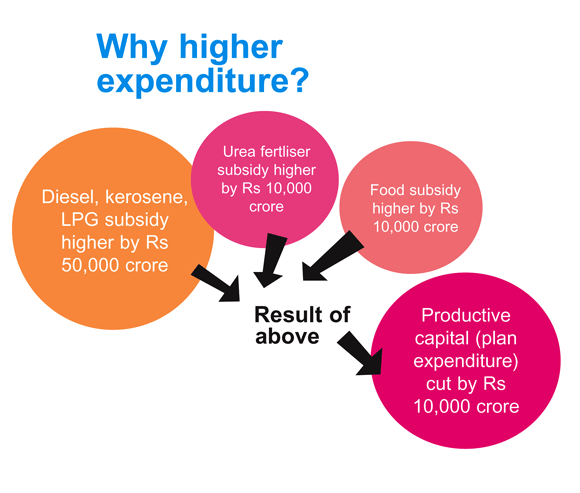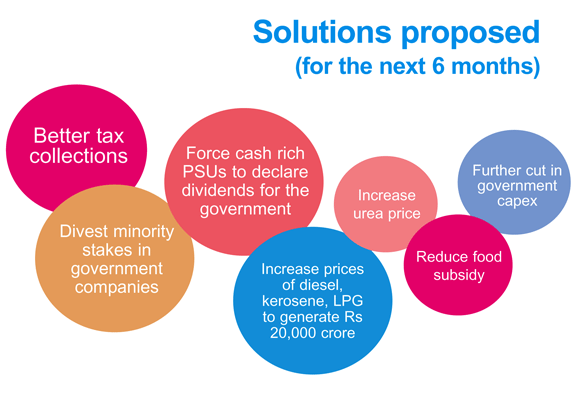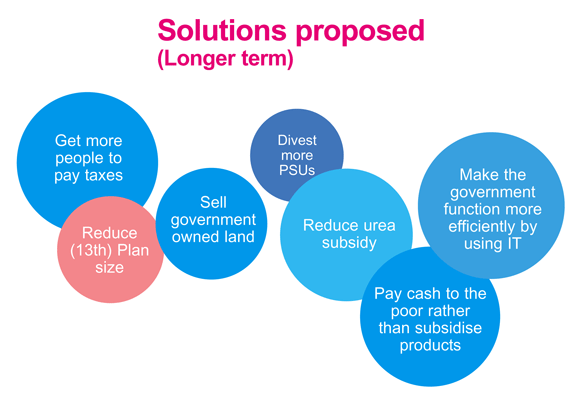 | « Back to article | Print this article |
Explained: Kelkar committee report on Indian economy
Vijay Kelkar, former finance secretary and advisor to the finance minister almost a decade ago, was mandated by the finance minister to give a report outlining a roadmap for fiscal consolidation.
Kelkar, who headed the 13th Finance Commission, was told to present a fiscal road map for the medium term by P Chidambaram days after he returned to North Block as the finance minister.
Keeping both urgency and credibility as touchstones, the report has proposed necessary policy actions which are within the realm of the feasibility.
According to the report, Indian economy is headed for a "perfect storm" worse than 1991 because government's cashflow by March 2013 is threatening to be Rs 110,000 crore (Rs 1,100 billion) more in the red than the expected Rs 500,000 crore (Rs 5,000 billion).
Click on NEXT to learn about the 1991 crisis....
Explained: Kelkar committee report on Indian economy
What happened in 1991?
By 1985, India had started having balance of payments problems. By the end of 1990, it was in a serious economic crisis. The gross fiscal deficit of the government (center and states) rose from 9.0 per cent of GDP in 1980-81 to 12.7 per cent in 1990-91.
In mid-1991, India's exchange rate was subjected to a severe adjustment. This event began with a slide in the value of the Indian rupee leading up to mid-1991.
India's foreign exchange reserve which was $1.2 billion in January 1991, depleted by half by June, barely enough to last for roughly 3 weeks of essential imports.
India was only weeks away from defaulting on its external balance of payment obligations.
The caretaker government in India headed by Prime Minister Chandra Sekhar secured an emergency loan of $2.2 billion from the International Monetary Fund by pledging 67 tons of India's gold reserves as collateral. A chartered plane ferried the precious cargo to London between May 21 and May 31 1991, jolting the country out of an economic slumber.
The Chandra Shekhar government collapsed a few months after having authorised the sale of gold.
P V Narasimha Rao took over as Prime Minister in June, the crisis forcing him to rope in Manmohan Singh as finance minister, who unshackled what was then called the 'caged tiger'. The Narasimha Rao government ushered in several reforms that are collectively termed as liberalisation.
Click on NEXT to read about the present crisis...
Explained: Kelkar committee report on Indian economy
A careful analysis of the trends in the current year, 2012-13, suggests a likely fiscal deficit of around 6.1 per cent which is far higher than the budget estimate of 5.1 per cent of GDP, if immediate mid-year corrective actions are not taken.
Runaway fiscal deficits, leading to unsustainable levels of public debt, can cause diverse forms of macroeconomic imbalances such as:
- More inflation,
- Lower sovereign credit rating,
- Flight of foreign capital.
The report says, in a country where millions of young, both skilled and unskilled, enter the labour force each year, a growth slowdown is inefficient, inequitable, and potentially politically destabilising.
Click on NEXT for more...
Explained: Kelkar committee report on Indian economy
Why tax revenue fell
After reaching a high of 11.9 per cent in 2007-08, there has been a decline in the Tax-to-GDP ratio, to 10.1 per cent in 2011-12, by actuals for the year.
This decline was caused in part due to the fiscal stimulus extended by Government through concessionary tax measures, and subsequently by the economic downturn.
Click on NEXT for more...
Explained: Kelkar committee report on Indian economy
Why higher expenditure?
Subsidies account for a major portion of government expenditure and has witnessed major expansion in the recent past.
Of the overall subsidies, the subsidies on petroleum, fertiliser and food make up more than 90 per cent.
With the depreciating Rupee and oil prices in international market remaining sticky, subsidies are projected to rise to 2.6 per cent of GDP.
Click on NEXT for more...
